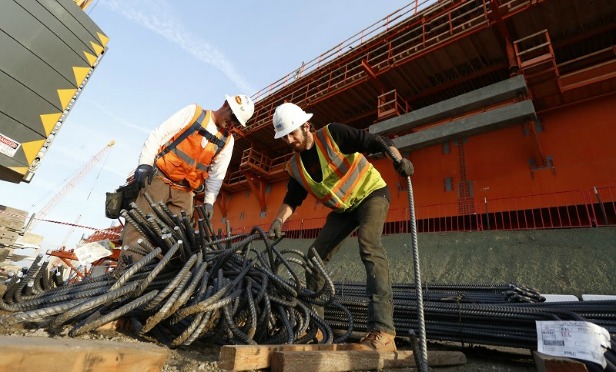 “What is the biggest challenge in drayage today? The highly fragmented drayage marketplace,” Ken Kellaway, president and CEO at RoadOne Intermodal Logistics, said at the Pulse of the Ports conference last week. There has been significant infrastructure investment made in the supply chain over the last few years to enhance everything from terminals at the ports to rail to intermodal. However, the highly fragmented drayage market is causing major issues in the supply chain that Kellaway says will inhibit growth.
“What is the biggest challenge in drayage today? The highly fragmented drayage marketplace,” Ken Kellaway, president and CEO at RoadOne Intermodal Logistics, said at the Pulse of the Ports conference last week. There has been significant infrastructure investment made in the supply chain over the last few years to enhance everything from terminals at the ports to rail to intermodal. However, the highly fragmented drayage market is causing major issues in the supply chain that Kellaway says will inhibit growth.
“We have watched everyone speak about multi-billion dollar market caps and big infrastructure investment in terminals, vessels and rail,” said Kellaway. “In the middle of all of this is the weakest link in the supply chain when there is not one company in the United States that does more than half-a-billion dollars in drayage today. That is a big staggering issue.”
RoadOne Intermodal is one of the largest drayage businesses in the country—and Kellaway says that should be an example of the fragmentation in the market. It is an illustration of the lack of capitalization in these companies. “We have a little more that $250 million in revenue, and we a number one or two in the country,” he explained. “That scares me, not because we aren't a great company but because from a capital standpoint, we are so much smaller than everyone else around us in the marketplace.”
The majority of drayage companies are small, entrepreneurial companies and mom-and-pop shops that have limitations. “When you get below us, the market is an extremely fragmented business, all run by small-tier mom-and-pop companies,” said Kellaway. “A lot of them are great operators and great entrepreneurs, but it is very difficult for them to keep up with the capital requirements to meet the demands in the marketplace.”
In addition to the fragmentation—which Kellaway calls the biggest issue—there are also succession problems. Because there are so many mom-and-pop businesses in this market, many have been passed through families. Today, however, many young family members are declining to take over the business. “You also have a succession issue going on,” added Kellaway. “Many families don't want to take over the business, and we'll have to see where the business is going to go.”
© Touchpoint Markets, All Rights Reserved. Request academic re-use from www.copyright.com. All other uses, submit a request to [email protected]. For more inforrmation visit Asset & Logo Licensing.






